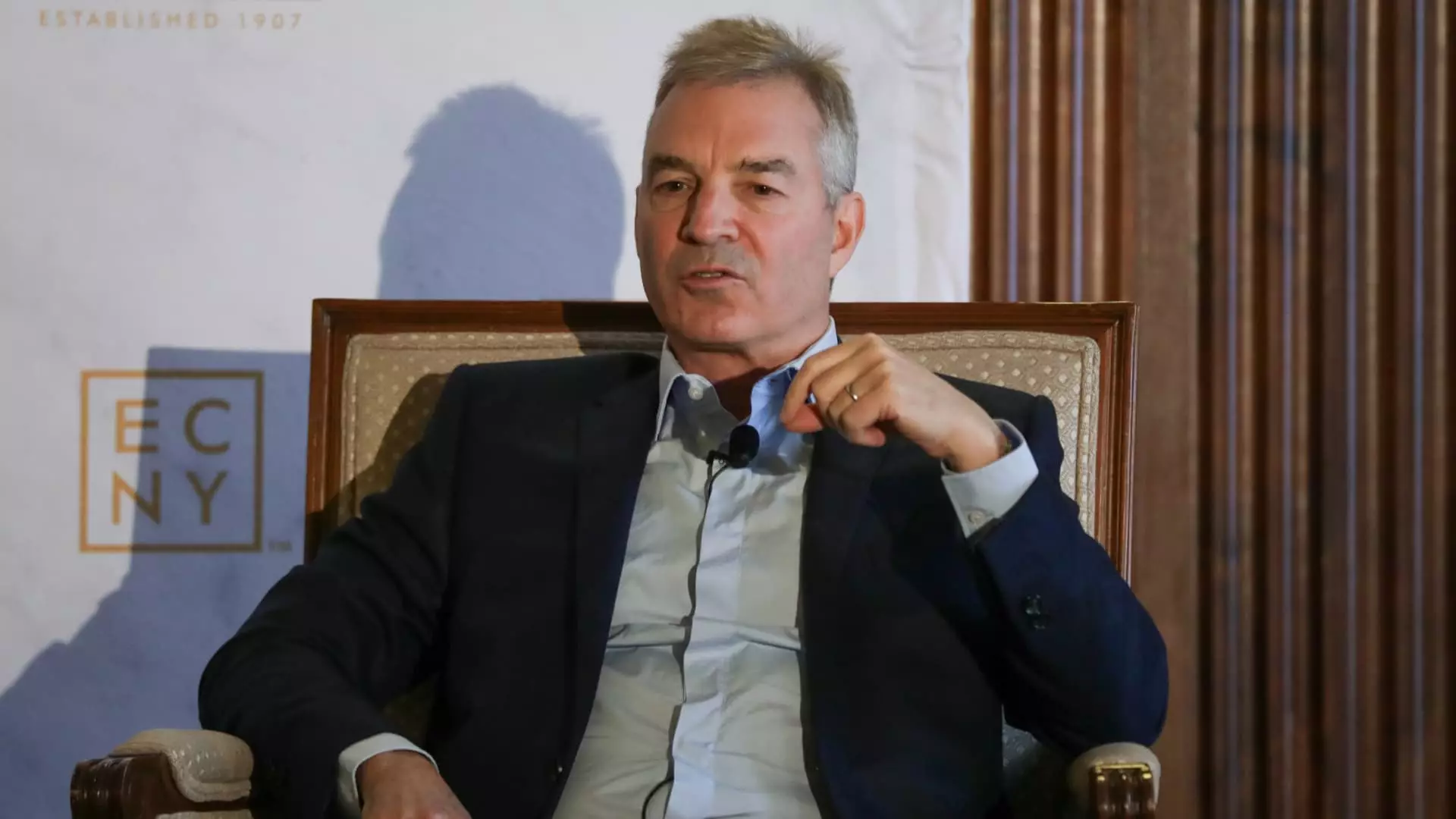As Third Point reaches its landmark 30th anniversary, its founder Daniel Loeb stands at a critical juncture, reframing his approach to investing in an era dominated by the artificial intelligence (AI) boom. The competitive edge that characterized his hedge fund in the past is now intertwined with a pressing urgency: adapt to technological shifts or risk becoming yesterday’s news. Loeb’s recent remarks underscore a significant sentiment among investors—embracing AI not merely as an obsession but as an essential survival tool. The stakes have never been higher; either you harness the power of AI or watch others leave you behind, an idea Loeb voiced succinctly during an investor day with CNBC’s Scott Wapner.
Loeb’s ideology reflects a broader trend in today’s investment climate, which is increasingly obsessed with AI—a phenomenon that feels less like a fad and more like a new way of conducting business. The question arises: how do investors not merely ride the AI wave but also sift through the noise to identify sustainable winners?
Old Strategies, New Paradigms
Historically known for his sharp activism, Loeb has dramatically shifted his focus toward companies that are not merely legacy operators but active beneficiaries of AI. His strategy is not solely about investing in tech giants like Meta, Nvidia, and Amazon but also about scouting growth opportunities across diverse sectors. To capitalize on this boom, he holds significant stakes in the London Stock Exchange and Taiwan Semiconductor Manufacturing, companies positioned to benefit immensely from AI integrations.
Loeb’s philosophy revolves around the idea that AI is no longer just an auxiliary layer in investment analysis; it is the bedrock upon which success is built. This notion challenges the traditional approach to stock evaluation, urging investors to scrutinize how well companies can adapt to and harness these technologies for future growth. Loeb aptly pointed out that AI’s utility can’t be ignored, stating, “It’s a variable in which we benchmark all of the companies that we invest in.” In real terms, this means stakeholders must focus on companies proactively integrating AI into their operational DNA rather than simply those who use it as a marketing gimmick.
The Evolution of Third Point
Starting with a modest sum of $3.2 million from friends and family, Daniel Loeb has transformed Third Point into a formidable player, managing over $20 billion in assets. The hedge fund’s resilience throughout various economic crises—including the dotcom bubble, the 2008 financial crash, and the recent global pandemic—speaks volumes about Loeb’s intuition and strategic foresight. His track record has solidified his status among the elite of activist investors, but the next phase presents a new challenge.
Loeb’s foresight suggests that 2024 might be pivotal not just for Third Point, but for the investment community as a whole. As he optimistically forecasted, the recent short-term uncertainties in the market are likely to dissipate, leading toward a more predictable financial environment by 2026. His assertion that investors should focus on quality growth companies positioned at fair valuations spotlights a vital consideration in the current market. It’s an astute reminder of the age-old investment adage that one need not chase every trend but should rather identify where value lies.
Recognizing Winners and Losers
A crucial aspect of Loeb’s analysis is the reality that not all investments will flourish in an AI-oriented marketplace. While he speaks with confidence about the kind of stocks that will emerge victorious, one cannot overlook the potential for catastrophic failures among companies lagging in AI adaptation. This mirrors societal sentiment about the tech revolution—it has become a race where players unwilling or unable to evolve risk not only their market position but their very existence.
Loeb’s recent bet on U.S. Steel exemplifies this sentiment of calculated risk-taking amid uncertainty. His conviction that an acquisition by Nippon Steel will finalize profitably illustrates another layer of strategic thinking—investing in the notion that traditional industries can leverage technological advancements to regain their competitive edge. If he is correct, Third Point could cement its reputation not merely as a participant but as a leader in a transformative investing landscape fueled by AI.
In this ongoing narrative, investors must not only be beneficiaries of AI but also vigilant strategists poised to avoid becoming roadkill in this rapidly changing climate. Loeb’s journey serves as a cautionary tale and an inspiring call to action. In this modern investment arena, adaptability and foresight will ultimately dictate winners from losers, underscoring the timeless truth that only those willing to embrace change will thrive.

